Will Nvidia launch its own robotaxis?
Plus, Ride AI 2026 will take place in San Francisco! Details within.
Welcome to the Ride AI newsletter: your weekly digest of news and intelligence at the intersection of technology and transportation.
MAJOR ANNOUNCEMENT ALERT!
Ride AI 2026 will take place in San Francisco! Join us on April 15, 2026 at Gallery 308 in Fort Mason for the most significant gathering of leaders in autonomous mobility and AI. Expect a packed day full of exclusive insights, previews of the newest innovations, and newly forged connections, set against a stunning Golden Gate Bridge and Alcatraz backdrop.
Are you ready?
Now, Here’s What You Need To Know Today.
Nvidia is reportedly developing its own robotaxi platform.
Nvidia appears to be entering the robotaxi race, with reports suggesting the company is developing a self-driving vehicle platform based on its DRIVE AGX Thor system. The project, said to be led by senior director Ruchi Bhargava, would represent Nvidia’s first in-house effort to create a complete robotaxi prototype rather than simply supplying hardware and software to automakers.
While details remain limited, sources familiar with the project told Chinese outlet 36Kr that Nvidia aims to invest around $3 billion to develop the system and eventually deploy it in select U.S. cities. The vehicle will reportedly use a single-stage neural network architecture, which would be a departure from the layered approach common in most autonomous systems today, but mirrors Tesla’s end-to-end system. It remains unclear whether Nvidia intends to operate its own robotaxi fleet or position the vehicle as a reference design for manufacturing partners.
Nvidia has spent years building its automotive footprint, supplying chips and AI platforms to companies including Mercedes-Benz, Volvo, BYD, and Lucid, while also investing in robotaxi developer Nuro. CEO Jensen Huang has called autonomous driving “the first major commercial application of robotics” and a trillion-dollar opportunity. If the reports prove accurate, Nvidia could soon join the ranks of Waymo, Zoox, Tesla, Baidu, and WeRide in shaping the next phase of driverless mobility.
May Mobility has secured a strategic investment from Grab as it prepares to expand into Southeast Asia next year.
In a surprise international twist, the Singapore-based ride-hailing giant will integrate May Mobility’s self-driving technology into its fleet management, routing, and vehicle-matching systems, creating what both companies describe as a model for managing autonomous vehicles within existing ride-hailing networks. The size of Grab’s equity stake was not disclosed, but the deal marks May Mobility’s third major partnership in the sector, following collaborations with Lyft in Atlanta and an upcoming rollout with Uber in the United States.
The move extends Grab’s growing involvement in autonomy, coming just a month after it was chosen to operate autonomous shuttle routes in Singapore in partnership with Chinese robotaxi firm WeRide. May Mobility plans to leverage GrabMaps, Grab’s AI-driven mapping platform, to collect detailed road data across Southeast Asian cities ahead of deployment. The company, which already offers commercial driverless rides in small service areas in the U.S., currently operates a fleet of modified Toyota Siennas and Tecnobus autonomous minibuses designed for urban and high-density routes.
Avride has secured up to $375 million from Uber and Nebius.
The new strategic investments and commitments marks one of the largest funding efforts to date for the autonomous mobility startup, and builds on Avride’s 2024 multi-year partnership with Uber, which laid the groundwork for collaboration on autonomous ride-hailing and delivery. Avride’s delivery robots already operate in Jersey City, Austin, and Dallas through the Uber Eats platform, completing orders from hundreds of restaurants. The company now plans to launch its first robotaxi service in Dallas by the end of 2025, bringing its sidewalk delivery technology to public roads.
Baidu is bringing its driverless taxi service to Europe, starting with trials in Switzerland this December.
The pilot will be operated by Apollo Go, Baidu’s autonomous ride-hailing division, in partnership with PostBus, Switzerland’s national public transport company. The two plan to launch a fully driverless service called “AmiGo” by early 2027, using Baidu’s Apollo RT6 vehicles designed specifically for autonomy. The RT6 features a removable steering wheel, a large, flat cabin layout, and heated, cooled, and massaging seats. It also features an in-car voice assistant, although there’s no word on if the assistant will be available for European deployments. You can check out my experience with the RT6 in Wuhan, China earlier this year here.
For Baidu, this marks its most significant step toward expanding outside Asia. The company already runs one of the world’s largest robotaxi networks across China, with over a thousand vehicles operating in cities including Beijing, Shenzhen, Wuhan, and Hong Kong, as well as in Dubai and Abu Dhabi. Switzerland’s safety standards and well-regulated transport network make it an ideal proving ground for Baidu’s first European service. With Waymo preparing for London trials and Uber planning its own autonomous tests with Wayve in 2026, it seems like Europe’s driverless future is beginning to take shape.
Airline dropoff options have been found in the Tesla Robotaxi app.
According to @Tesla_App_iOS on X, unreleased UI has been discovered in the most recent App Store build of the Tesla Robotaxi app. The UI prompts riders to select the airline corresponding with the passenger’s flight. The feature seems to be meant for the San Jose airport in the San Francisco Bay Area, as other airports close to Tesla’s current service areas do not allow rideshare pick up at arrivals terminals.
In Other News…
Alright, that’s it from me… until next week. If you enjoy this newsletter, share it with your friend, colleague, or boss. Thank you for reading; Sophia out!




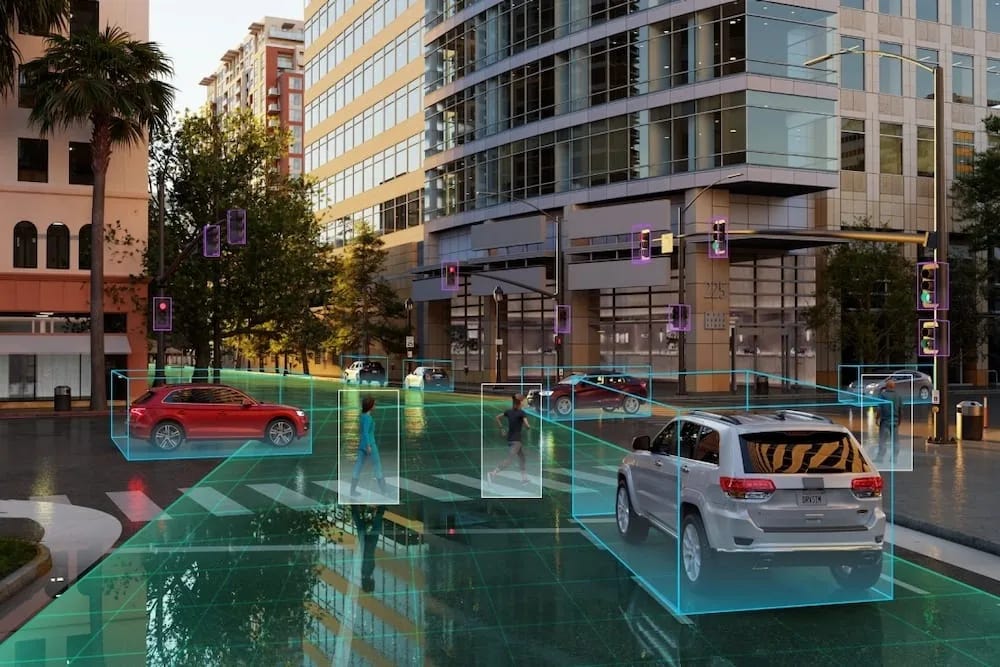
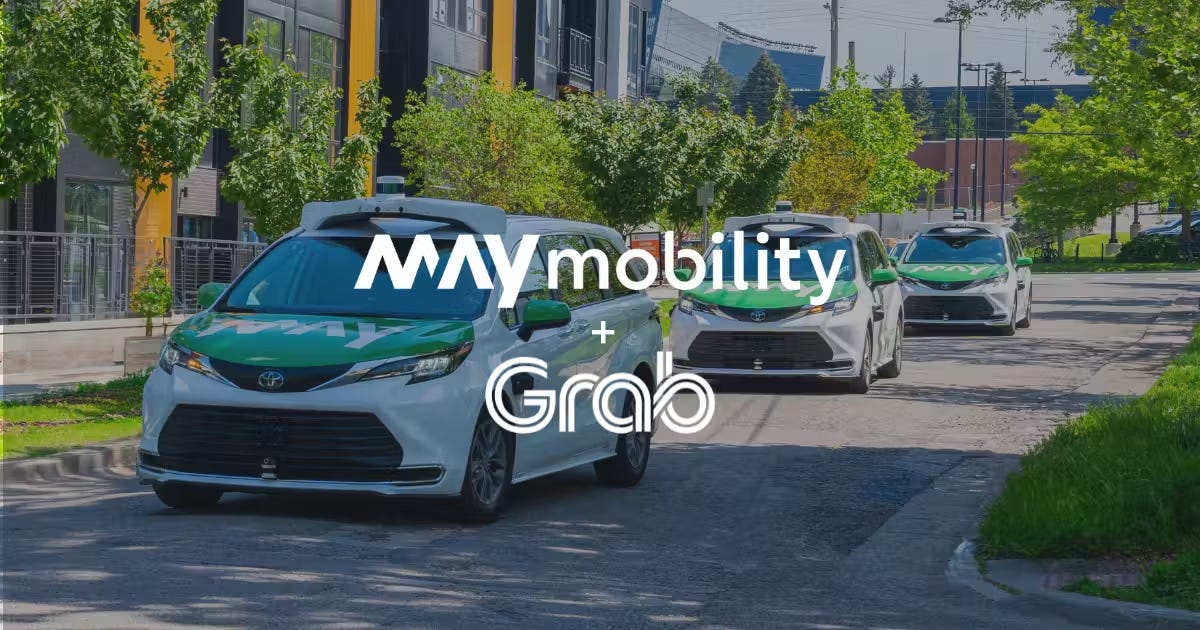
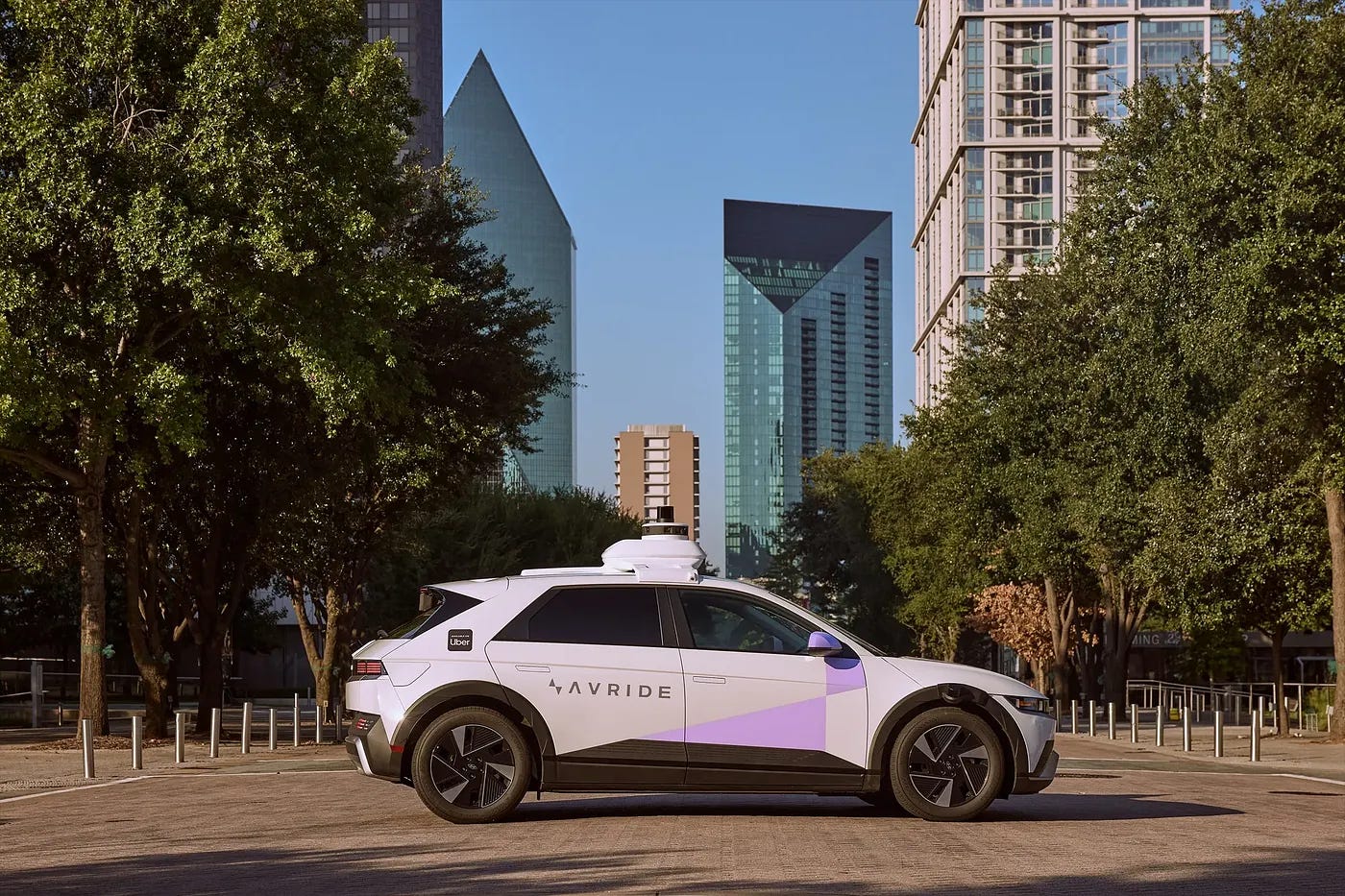
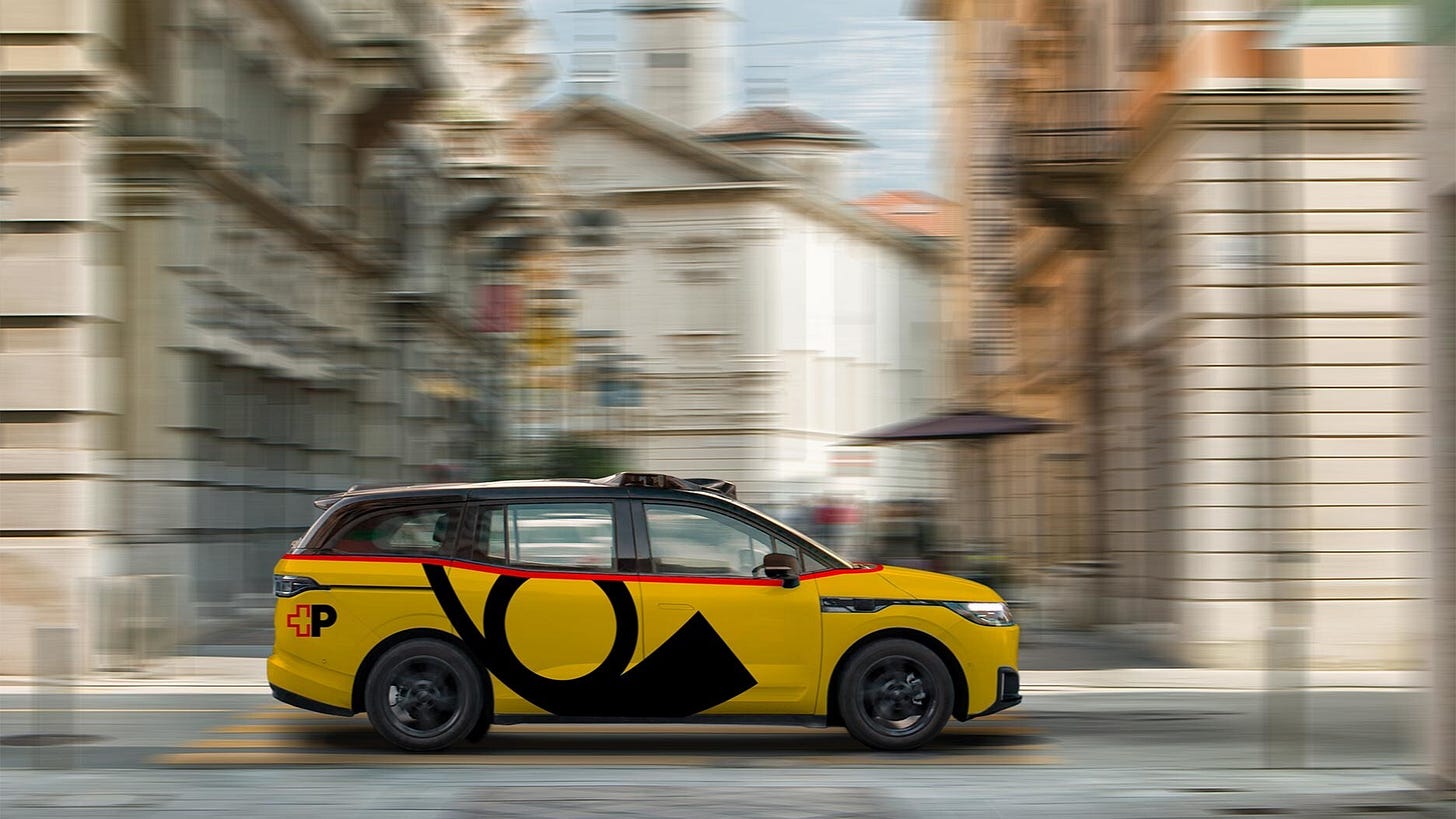
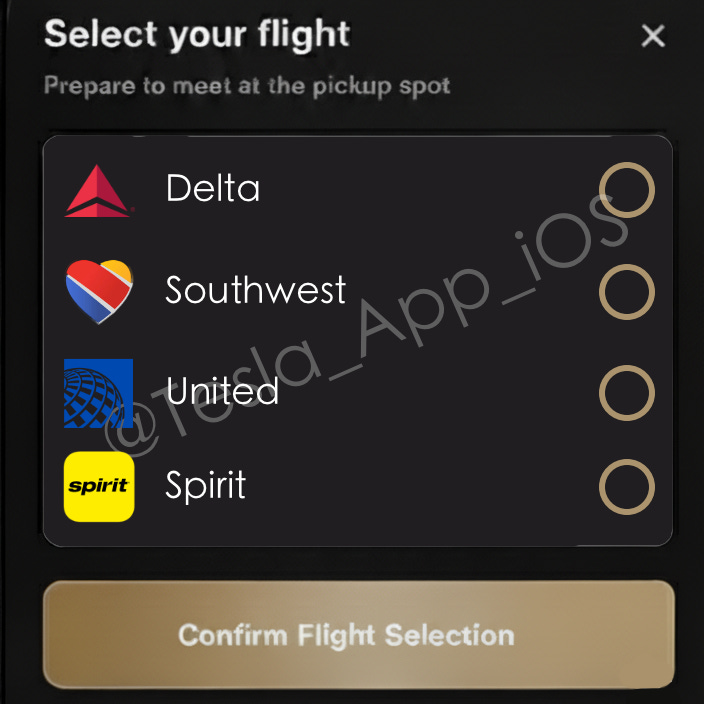
This is a fasinating strategic move by Nvidia. Their shift from being a hardware supplier to potentially operating their own fleet shows how they're thinking beyond just the chip business. The single-stage neural network approach is particularly interesting - it could offer lower latency compared to traditional layered systems, which would be crucial for real-time decision making in autonomous driving. I'm curious to see if they'll partner with existing vehicle manufacturers or develop their own platform from the ground up.
Nvidia developing its own robotaxi prototype is a strategic shift - moving from 'arms dealer' to direct competitor. The single-stage neural network architecture you mention is intriguing, especially if it delivers the kind of simplicity Tesla has been pushing with their end-to-end approach. What's more interesting is whether this is genuinely for deployment or a reference platform to push OEM customers toward more ambitious implemenations. Either way, a $3B bet from Nvidia signals serious conviction about the timeline for L4 autonomy becoming economically viable.